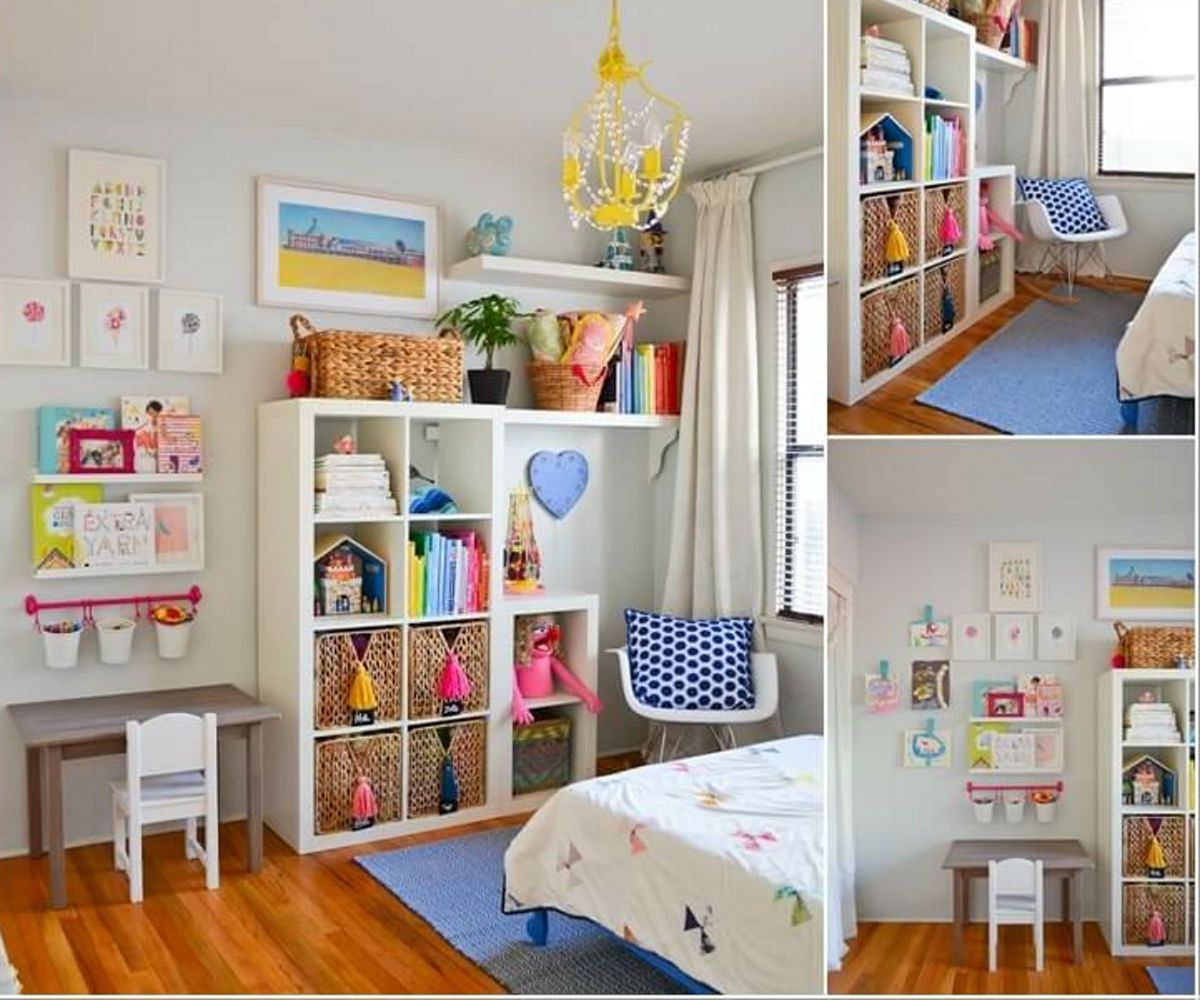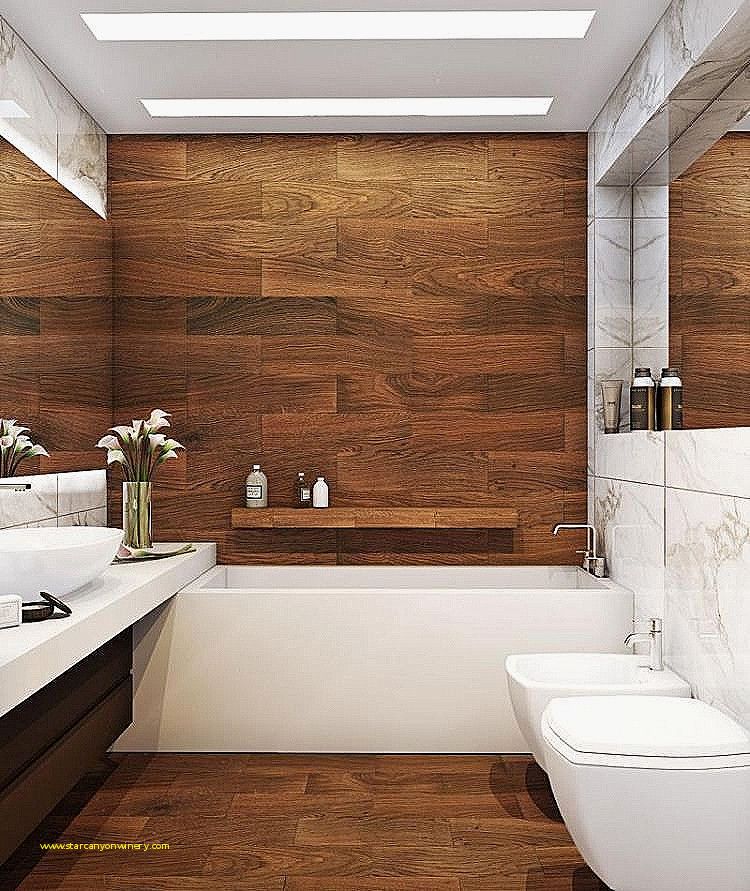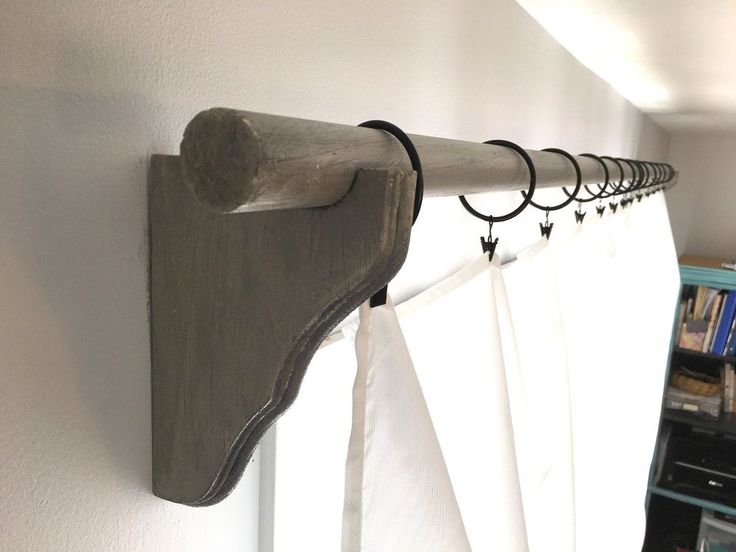Light for a dark room
10 top tips from experts |
Lighting a dark room successfully can be demanding. But a scheme that provides good overall illumination as well as task and mood lighting is a must if it’s going to be a space which is comfortable for all the activities that take place there, and one in which light levels can be adjusted to suit the mood.
There are a number of reasons why the room might be naturally dark. Small windows – perhaps in a cottage – a north-facing position, shading by trees, foliage, or other external features, or a basement location can all make it more gloomy than you’d like.
Whatever the issue, though, clever lighting ideas are required and here the experts provide their advice for brightening and lighting a dark room.
Lighting a dark room
A space that’s gloomy will feel profoundly uninviting and may well provide insufficient illumination for some of the tasks that go on there. Here experts weigh in with solutions to the problem of how to make a dark room look brighter – from clever living room lighting ideas to advice for lighting a dining room.
1. Make use of LED strips
(Image credit: Kichler Lighting)
LED strips can be a valuable resource when lighting a dark room. ‘If you have any joinery or cabinetry in the room, then be sure to include LED strip lighting in the designs to bring in another light source,’ says Shalini Misra, interior designer and founder, Shalini Misra .
‘Fitting LED strips to the underside of shelving or into any joinery will bring more light into the space whilst highlighting any items on display. Similarly, fitting LED lights to the top of the cupboard will provide a warming glow and help make the room feel taller and larger. The same goes for any open shelving, with LEDs highlighting any decorative items whilst bringing a warming glow to the space.
‘You should even consider fitting LED strip lighting to curtain recesses or tuck them behind cornices to create a soft diffusion of light.’
2. Illuminate a low ceiling
(Image credit: Gunter & Co)
A room that’s dark might also have a low ceiling – and this can often be the case for basements. To tackle the issue, take inspiration from the guest bedroom of this Belgravia mews maisonette, which is naturally dark as well as not being a tall space.
To tackle the issue, take inspiration from the guest bedroom of this Belgravia mews maisonette, which is naturally dark as well as not being a tall space.
‘We didn’t want to lower the ceiling even more with a pendant, so my solution was to recess lighting into a void in the ceiling, resulting in a soft wash of light,’ explains Irene Gunter, founder of Gunter & Co .
‘We combined the recessed lighting with Linden lamps by Kelly Wearstler. The lamps don’t just look beautiful (particularly considering we customized the shades), but they also emit a warm, ambient light that is great for winding down in the evening. For reading, also consider installing directional wall lights, which are a great light source when reading fine print, but less effective at creating atmosphere.’
3. Pay attention to the room’s role
(Image credit: Ashley Whittaker Design/Thomas Loof)
How you approach lighting a dark room should be informed by what the space is used for. ‘The same rule can apply to every space in the home, but for a more considered result, the rule should be broken and re-applied in a contextual way,’ says Joanne Quinn, senior interior designer at LuxDeco .
‘The same rule can apply to every space in the home, but for a more considered result, the rule should be broken and re-applied in a contextual way,’ says Joanne Quinn, senior interior designer at LuxDeco .
‘Begin by considering a dark bathroom ideas. In here, candles in hurricane lanterns, paired with a thoughtfully positioned wall light or two, one close by to a mirror where illumination is needed would be more suited to the environment than a ceiling full of spotlights.
‘In a bedroom, when night falls and there’s little light to be found, bedside lamps provide a lower level of light close to the height of the bed – the key piece of furniture to highlight. Another lamp by a dressing area, be it another table lamp or a standing floor lamp, promises another source that combines task-style lighting and ambient lighting.
As for the kitchen? ‘Brighter beams of light are called for,’ says Joanne. ‘Try not to disregard the constant need for atmospheric light too, however. ’
’
4. Employ the magic of mirrors
(Image credit: Kelling Designs)
Decorating with mirrors will enhance the daylight that does reach a dark room and make a dark room look brighter. ‘Mirrors make any room lighter, brighter and more dramatic, so add fixed mirrors on long walls, which will double the illusion of space,’ says Juliette Thomas, founder and director, Juliettes Interiors . ‘Floor-standing mirrors can be moved around to create different moods within the room – and bigger is always better. A small mirror in a large space will look skimpy, upsetting the balance of the whole room. However, wall mirrors should never be wider than the piece of furniture below.’
But you should also use mirrors to boost artificial illumination when lighting a dark room. ‘A key trick is utilizing mirrors by lights, whether you position them behind lamps or on the wall to fall in line with your ceiling pendant,’ says Emma Deterding, founder and creative director, Kelling Designs .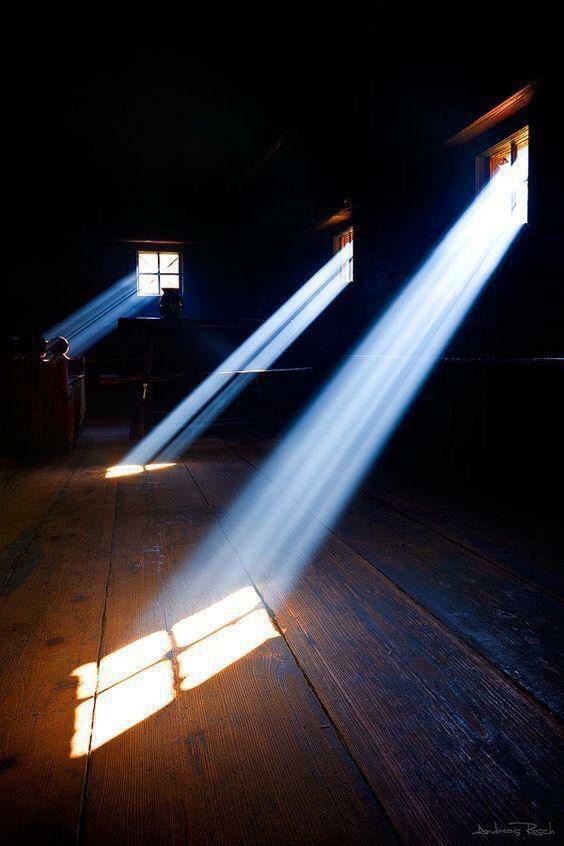 ‘Placing mirrors behind lamps will help to increase the depth of a room, whilst doubling the amount of light available by reflecting light from the lamp back into the space.’
‘Placing mirrors behind lamps will help to increase the depth of a room, whilst doubling the amount of light available by reflecting light from the lamp back into the space.’
5. Be clever with downlights
(Image credit: James Merrell / Future)
If the corners of a room are gloomy during daylight hours, try this strategy from interior designer Penny Morrison in order to provide background illumination for the entire space.
‘In a dark room I put small downlights in the corners of the room on dimmer switches which can be used to gently enhance the illusion of daylight on a really dark day,’ she says.
6. Think verticals and horizontals
(Image credit: Davide Lovati)
It’s important to think about illumination in a three-dimensional way when lighting a dark room.
'In dark rooms, you should try to create as many sources of warm light as possible,’ says Peter Legg, lead designer, där lighting . ‘Place lights at different levels to ensure the room is illuminated vertically and horizontally. Table and floor lamps are ideal for any shady corners, and wall lights can help frame the main area or highlight the edges of the space when placed at either end.
Table and floor lamps are ideal for any shady corners, and wall lights can help frame the main area or highlight the edges of the space when placed at either end.
‘When picking the central light source, choose an armed pendant or one made from glass to help light bounce across the space.’
7. Opt for consistent color
(Image credit: Life Kitchens)
If using LED lighting in a dark room, make sure it all has the same color tone – this is important in all rooms, but particularly if you are looking for kitchen lighting ideas because there are so many reflective surfaces.
‘Warm white works well because it offers a cozy, relaxing atmosphere, while still brightening a dark room,’ says David Conlon, founder, En Masse Bespoke Interiors .
8. Consider the glass in light fixtures
(Image credit: Polly Eltes)
Whether living room chandelier ideas or pendants are preferred, it’s worth thinking about the glass in light fixtures when lighting a dark room.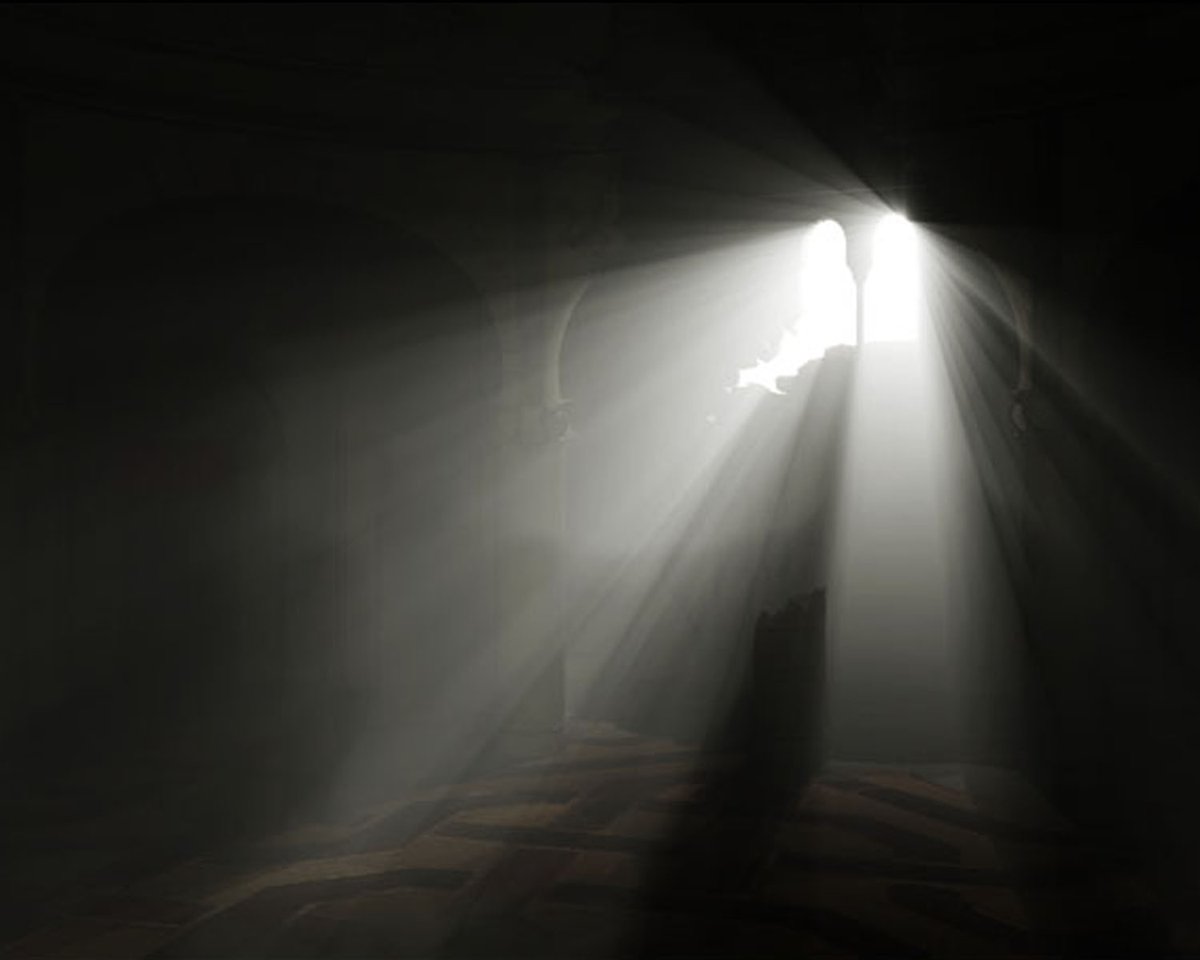
‘Chandeliers add immediate drama and romance to dark entrance halls or cozy dining spaces, or if your style is more casual then groups of pendants work really well, especially when they’re hung at different levels to add more interest,’ says Tim Oulton, founder, Timothy Oulton . ‘We often use optical-grade K9 glass in our lighting; it’s clearer and lighter than crystal so it softly diffuses the light and creates a very gentle, romantic glow.’
9. Select the right lampshades
(Image credit: Sims-Hilditch)
The choice of lampshades as well as the number of lamps can assist in making a dark room lighter. ‘An ambient glow is what you can expect through the fabric of your lampshade,’ says interior designer Benji Lewis, founder of Zoom that Room . ‘Therefore, if the room is dark, more are needed.
‘Silk taffeta is a sumptuous finish for a lampshade, especially good if it’s a more formal effect you're after. It also reflects light so is perfect for a dark room.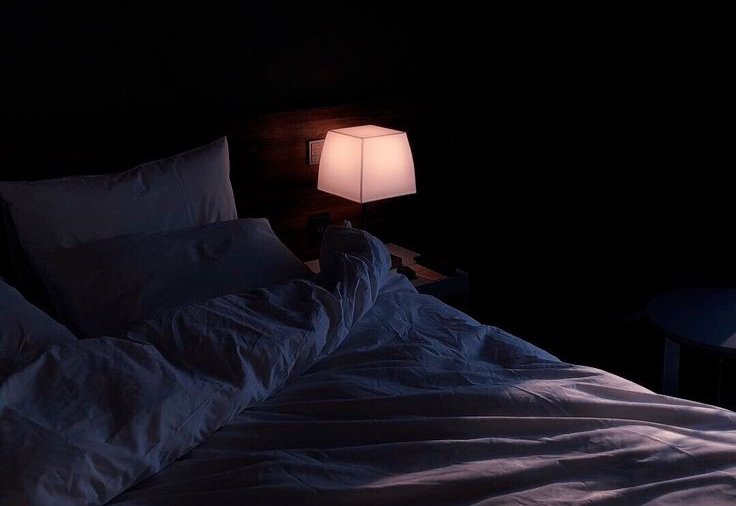 Gathered muslin is a slightly different but lovely fabric which lets the light come through well.
Gathered muslin is a slightly different but lovely fabric which lets the light come through well.
Consider the linings of lampshades as well. ‘Metallic shade linings are excellent for spectacle,‘ says Benji. ‘I’d likely lean towards gold rather then silver, however, because the ambient light will look warmer; similarly cream card lining is going to allow for softer light than a bright white lining.’
10. Use a lacquered finish
(Image credit: Maestri Studio Photograph: Nathan Schroder)
A lacquered finish can be an excellent solution for a naturally dark room. ‘We used white walls and a lacquered white ceiling to brighten up this space,’ says Eddie Maestri AIA, principal architect, creative director, and owner of Maestri Studio . ‘The lacquer reflects light and the mirror quality gives the perception of more space.’
How can I get better lighting in a dark room?
To get better lighting in a dark room begin by making the most of the daylight there is then address its artificial light.
‘To add light to a dark room, I would always recommend trying to maximize natural light by opening up walls, installing large bi-fold windows and paring back window treatments (utilizing a frosted window film instead of blinds, for example),’ says TR Studio founder, Tom Rutt.
‘Artificial light is also an important tool. Incorporate multiple light sources in different parts of a room, such as wall, table and floor lights. This will throw light upwards at the ceiling to “lift” the space and illuminate the room much more effectively than a single overhead light source and it will also create a cozy, more inviting ambience.
‘Consider focusing light on surfaces and features such as alcoves, nooks, shelving and artwork. Spotlights and wall lights are great when they’re used in this kind of considered way as the light will bounce off these surfaces softly illuminating the surrounding space.
‘Dark walls/surfaces and north-facing rooms aren’t going to reflect light, so think about using lighting with diffusion to disperse the light. ’
’
How can I get good lighting in a room without a window?
In a room without a window, the lighting design needs to supply all the illumination. ‘The exact level of light you need in a room will depend on a number of things, including the size and shape of the room, what it’s being used for, and the kind of ambience you’re looking to create,’ says Rohan Blacker, founder of Pooky .
‘Introducing a number of different light sources into a windowless room can help to lift the space and prevent it from feeling dark or enclosed. You should aim for balance within the space. Try to avoid making certain areas particularly bright at the expense of others, as this will emphasize any dark corners, making the room feel smaller and more enclosed.’
15 Creative Ways to Brighten – BlissLights
It can be challenging to make a house feel like a home when your space lacks windows and natural light. But even the slightest glimmer and glow can transform a dark space into a warm and welcoming oasis.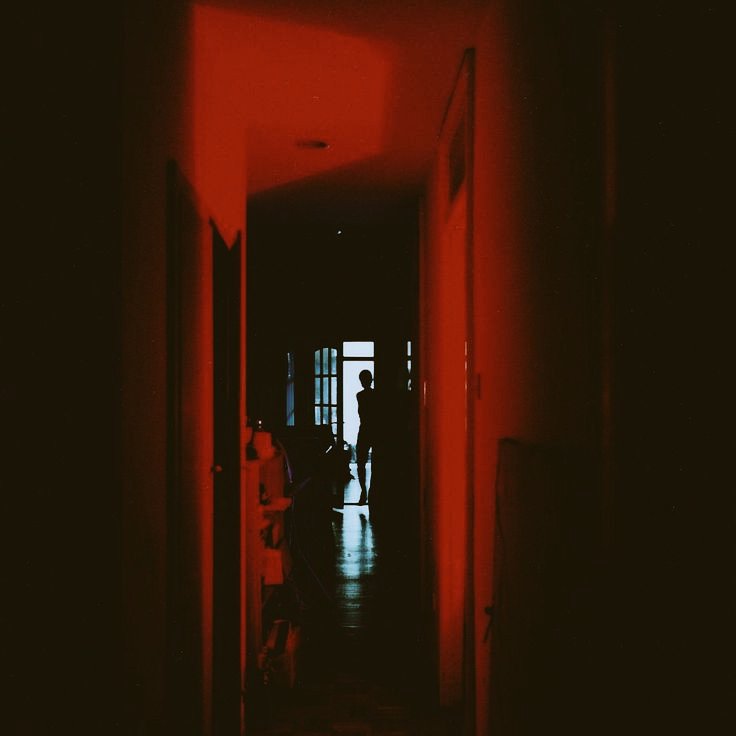 Read on for 15 ideas on how to fake natural light in a dark room.
Read on for 15 ideas on how to fake natural light in a dark room.
15 ways to fake natural light
Below are 15 ways you can create the illusion of natural light in your home.
1. Use mirrors
Mirrors’ reflective properties can make your room feel larger and brighter. For example, let’s say your room has only one small window that lets in barely any light. In that case, you can place a mirror on the wall across from it to reflect light. You can even go the extra mile and fill your room with mirrored surfaces such as a mirrored coffee table or vanity. That’s just one great way to transform a dim room into a radiant sanctuary.
2. Utilize soft and warm hues
Warm lighting can transform any dark area into a comfortable, inviting space. Most warm lights are orange-yellow in color, a hue associated with restfulness and relaxation. They can add comfort to any unsettlingly dark space.
The BlissRadia is a great option for illuminating your dark space without adding any clutter. This lamp diffuses gentle hues that seamlessly transition from one color to the next. It can also shine in just one non-changing rainbow color. You can set it to mimic the sun’s rays through the BlissLights app too – the ultimate infusion of natural lighting in a dark room.
This lamp diffuses gentle hues that seamlessly transition from one color to the next. It can also shine in just one non-changing rainbow color. You can set it to mimic the sun’s rays through the BlissLights app too – the ultimate infusion of natural lighting in a dark room.
BlissRadia Smart LED Mood Light
$39.99
From desktop to bedside, light the way to concentration, stimulation, or relaxation.
Shop Now arrow_forward
3. Use neutral colors for furniture and walls
When painting and furnishing a room without windows, you want to keep your color scheme light and neutral. This is because darker tones absorb more light, so dark paint and furniture dull any illumination let into your space. Try pairing brighter paint colors with similarly hued furniture to set a more natural mood.
4. Add gloss to furniture surfaces
Faking natural light can be as simple as adding a fresh coat of white gloss to your walls, trims, ceilings, and hard furniture.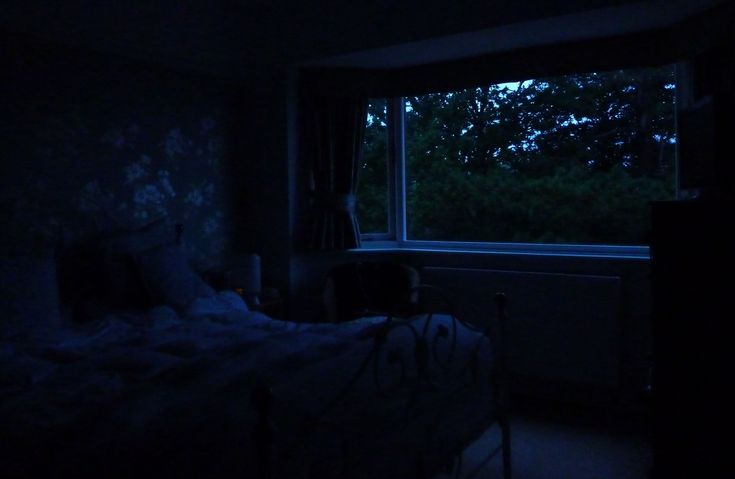 That’s because glossy finishes are known to reflect more beams around the room, similar to mirrors. You can also invest in a few decor pieces that have a glossy or metallic finish, such as vases, jewelry holders, or metallic wall art. You’ll make your darkly colored space appear brighter and spark an enticing new energy.
That’s because glossy finishes are known to reflect more beams around the room, similar to mirrors. You can also invest in a few decor pieces that have a glossy or metallic finish, such as vases, jewelry holders, or metallic wall art. You’ll make your darkly colored space appear brighter and spark an enticing new energy.
5. Opt for light colors
If you’re dealing with a lack of natural light, you should avoid dark tones and designs. Yet while neutral colors are a great option, you don’t want to overload your space with white, tan, and gray tones. For a pop of color, try adding happy pastel hues. Robin’s egg blue, lavender, goldenrod, or a warm green can all create an astonishing warm glow.
6. Keep windows unobstructed from furniture
Maybe you like placing your bed frame or desk against a window for aesthetic purposes. In most rooms, that’s a great idea, but when you struggle with letting in the sun during the day, you should leave your windows as unobstructed as possible.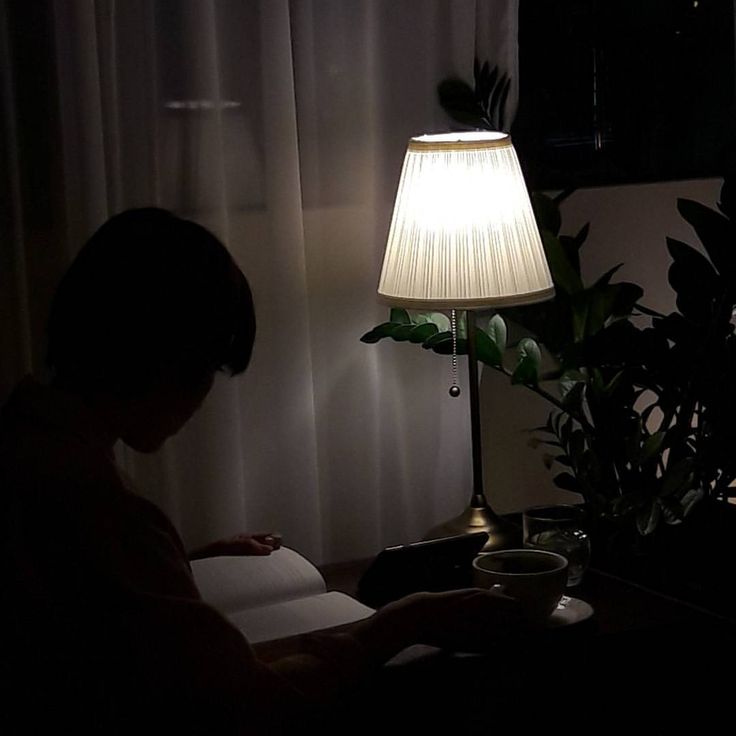 This means you may have to compromise and move your furniture. You may also want to exchange your heavy curtains for sheer ones. If your windowsill still feels empty, try adding a plant in the corner to bring your space to life with the allure of nature.
This means you may have to compromise and move your furniture. You may also want to exchange your heavy curtains for sheer ones. If your windowsill still feels empty, try adding a plant in the corner to bring your space to life with the allure of nature.
7. Avoid clutter
In a dim room, clutter poses issues beyond taking up your space. Most clutter also lacks reflective properties – it’s not like glossy cabinets are part of your clutter – so it typically makes your home appear darker. One solution: Add furniture that doubles as storage space – especially bright-colored furniture. You can also decorate your walls with white floating shelves and dazzling trinkets that enliven the room from top to bottom.
8. Add subtle light fixtures
Maximizing the amount of light in your room means avoiding fixtures that become the center of attention. When a fixture acts as your focal point, it takes away from the actual light you’re adding to your space. Avoid obtrusive fixtures such as chandeliers and low-hanging pendants in favor of flush mounts. These types of fixtures can be like a mini-sun hanging overhead – they’ll bring a sense of daylight to your room while keeping things open and fresh.
These types of fixtures can be like a mini-sun hanging overhead – they’ll bring a sense of daylight to your room while keeping things open and fresh.
9. Use sheer curtains
Although heavy curtains can be aesthetically pleasing, they won’t do your lighting situation any good. Instead, layer sheer curtains over blackout curtains to get the best of both worlds. This way, you can let in that tiny bit of available sun during the day. Then, when you go to sleep, you can pull the heavy curtains closed. A solid white sheer curtain can counter your space’s darkness, and turquoise or lavender sheer curtains can infuse your space with character.
10. Add floor lamps
Corners can look dark and eerie in a windowless room. That’s often because your overhead light doesn’t reach there, and that effect is stronger with no sun beaming into your space. A simple solution: a large floor lamp in the corner of your room. This tall lamp can transform any dark area into a soft, luminous sanctuary.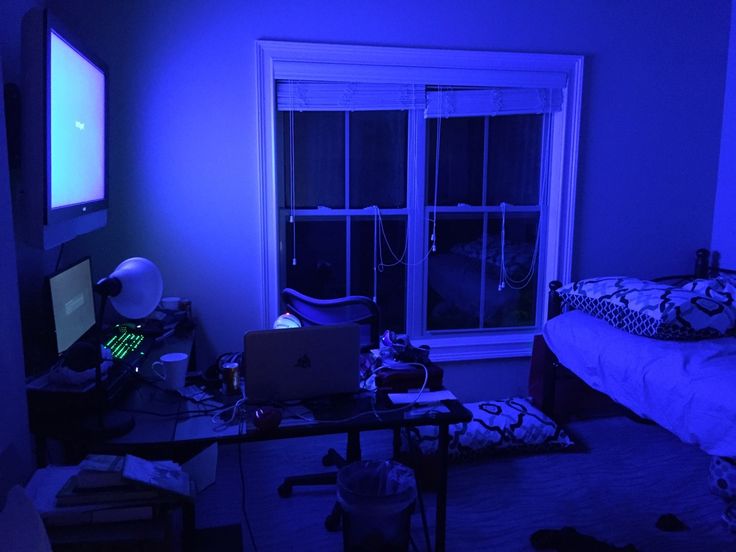 It can also be a great decor piece that adds a whole new dimension to that strangely dark corner.
It can also be a great decor piece that adds a whole new dimension to that strangely dark corner.
11. Place furniture near your light sources
Getting good light in a room with limited sun exposure can mean getting creative with everything else in the room. That includes your furniture, and some interior designers recommend keeping your couches and loveseats close to your lamps and other fixtures. This way, you’ll feel like you’re getting plenty of light no matter where you sit, even if no sunbeams reach through the windows. It’s a simple way to build a glowing world of your own.
12. Make any available windows a focal point
Even if you have a tiny window in your room, that means you do still get a bit of natural light. You should play that up as much as possible – you could make your window your room’s focal point. That’s because the more attention you draw to your light, the more significant it will seem. Arrange your furniture and decorations around this window and extend the whole scheme outward to make good lighting the star of your show.
13. Use recessed lighting
If you lack floor space in your living room, save yourself the clutter and brighten up your space with overhead lighting. When you’re low on natural light, though, one central source above your head won’t do the trick. You’ll need a bunch of recessed lights – the type where the bulbs go into and above your ceiling – for that luminous daytime shine. That can be all it takes to transform your small room with no natural light into a bright, inviting retreat.
14. Don’t get patterned lampshades
Bright, patterned lampshades might seem like a fun and unique option for a poorly lit room. After all, bright furniture and decor can elevate even the darkest of rooms. But in reality, colorful, patterned lampshades typically obscure the light they cover. Instead, choose lightly-colored lampshades that don’t block light. Pure white or eggshell lampshades can elevate your decor and add new depth to your surroundings.
15. Install under-cabinet lighting
In most cases, overhead lighting can’t fully illuminate a space on its own. You’ll need more fixtures for hard-to-reach areas such as countertops, bookshelves, or dresser drawers. Instead of using clunky fixtures that only add to your clutter, you can illuminate your less accessible spaces with LED strip under-cabinet lighting.
You’ll need more fixtures for hard-to-reach areas such as countertops, bookshelves, or dresser drawers. Instead of using clunky fixtures that only add to your clutter, you can illuminate your less accessible spaces with LED strip under-cabinet lighting.
The BlissGlow is a great choice for under-cabinet LED strips. It can shine in up to 12 colors at once and move to the beat of any music you play in your poorly lit room. For an easy setup, just peel off the adhesive backing and stick it right beneath any cabinet space. You can control the colors and transitions all from your phone for a simple, seamless experience – with or without natural lighting.
BlissGlow Multicolor LED Strip Light
$24.99
Refresh your space with a modern glow.
Shop Now arrow_forward
Brighten up any dark space with BlissLights
With color-changing LED strips and ambient mood lights, you can transform any dark room into a glowing sanctuary. You can get both – and plenty of other DIY natural-light-faking options – through BlissLights. Browse the BlissLights collection now to see even your darkest spaces in a whole new way.
You can get both – and plenty of other DIY natural-light-faking options – through BlissLights. Browse the BlissLights collection now to see even your darkest spaces in a whole new way.
6 simple tricks — INMYROOM
Tips
It happens that for various reasons there is not enough light in the interior. What can be done in this case to make it light and comfortable? There are different techniques, which we will tell you more about
Living in a dark room is not very fun and comfortable. Besides experts believe that this has a bad effect on the mental and emotional state of a person. It often happens that, due to different causes light in your room is not enough. What can be done in this case to make it light and cozy?
There are various ways in which you can achieve a positive result.
Reception No. 1: color without borders
Of course, it is better to start with the repair of the premises.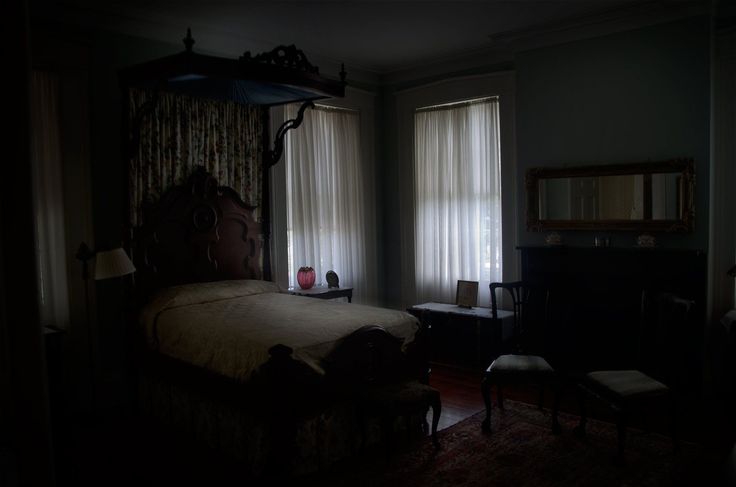 Because it gives the advantage of making the room brighter and more spacious.
Because it gives the advantage of making the room brighter and more spacious.
Ideal if you want to paint the walls, ceiling and floor in light color. White color is wonderful! But pastel shades are nobody did not cancel. They are also relevant in this case.
The main thing is that all boundaries between planes are erased. Experts recommend choosing lighter paint or wallpaper options, as how in poor lighting they can appear a little darker. For such spaces dark and gray shades are not suitable.
Reception #2: windows
If you do not plan to make repairs, you can audit in room. Start with a window. Especially if it is on the north side and Nearby there are trees that create shade. Near it it is not advisable to put a dark furniture.
It is better that there is nothing superfluous on the window, not even flowers. If there is an opportunity to do without tulle - wonderful! If not, then use light tulle and light curtains (silk can be used).
Reception No.
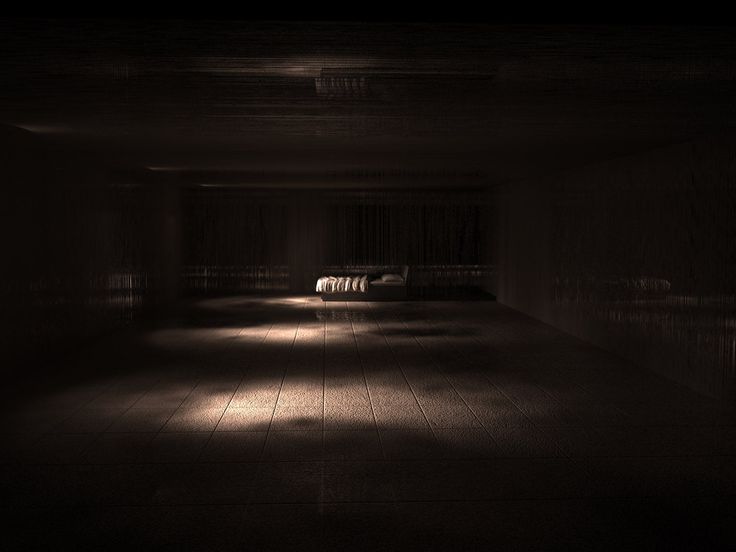 3: furniture
3: furniture Heavy and dark furniture should be abandoned, and indeed it's better when it's less. Choose a light, warm range. Glossy surface most suitable for furniture.
This way the light will be reflected and visually make the room lighter. A glass table, transparent plastic chairs. If there are lockers in the furniture, then it is better that they are also from glass.
Reception No. 4: mirrors
Mirrors serve as an additional source of light. It is better to place them across from the window. This will create the feeling of another window. You can also hang them against a light wall.
Reception No. 5: textiles
It is better to choose textiles to match the interior. Don't use dark bedspreads and curtains. On the floor it is better to lay a coating in light warm colors.
Reception No. 6: artificial lighting
Artificial lighting will be a real helper for dark room. Chandeliers, sconces, spotlights and LEDs make it possible distribute light throughout the room.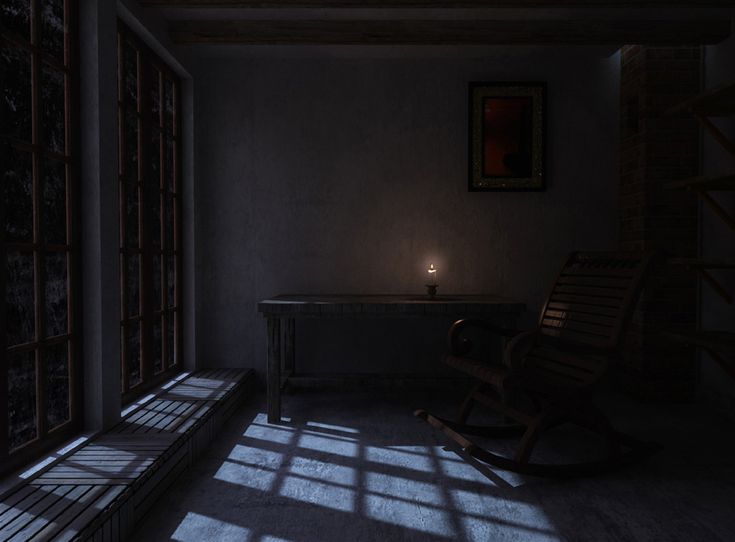
Furniture and even floors can now be illuminated. So artificial lighting is a really good alternative in a dark room.
As you can see, a dark room is not a cause for frustration. WITH with the help of small tricks, you can create a cozy room where you will be light and comfortable.
6 tips on how to make a dark apartment brighter and more joyful - INMYROOM
Tips
If there is little light in the apartment, you should not put up with it: we will tell you how to transform a gloomy interior
A dark apartment is a real problem. The lack of daylight has a bad effect on our mood and well-being, it can even cause apathy and depression. And a poorly lit room looks cramped even with solid dimensions.
Residents of high-rise buildings with small windows oriented to the north usually face this problem. But with the approach of winter - almost everything.
Our advice will help not only make the interior visually brighter, but also really increase the amount of daylight in the apartment.
Remove everything unnecessary from the windows
To get maximum light through the window, nothing should interfere with its path.
Heavy velvet curtains look luxurious in the interior, but in a dark room it is better to abandon them in favor of transparent tulle or light curtains made of natural materials. Lightweight fabrics allow light to freely fill the room.
A greenhouse on the window will also make the room dark. It is better to refuse flowers or rearrange them from the windowsill to the floor or rack.
Well, the easiest way to let light into the room is to clean the windows. Clear glasses transmit light much better than cloudy ones.
Make it clear on the balcony
Often the darkest room in an apartment is the one with a balcony. Glazing, curtains and trash on the balcony interfere with daylight. But even in this case, the problem can be solved.
Unpack your things, remove the curtains, wash the windows thoroughly, and you will immediately notice how the room becomes much brighter.
Add mirrors
A simple but really effective way: hang a mirror on the wall opposite the window and the amount of light in the room will double.
Other mirrored surfaces also help brighten up the room: glossy furniture fronts and polished metal elements.
However, you should not use all these tricks in one room at once, otherwise your home will look like a magpie's nest. In pursuit of light, do not forget about the balance in the interior.
Use light colors
Dark colors absorb light, light colors reflect. Moreover, the closer the shade is to white, the greater its reflectivity.
White color reflects the most, but if you are not a fan of snow-white interiors, use pastel shades in decoration and furniture.
Add some sunshine
To make your interior warmer and happier, add sunny colors: yellow, orange, red. Or more muted warm shades: peach, powdery, sandy, pale pink.
Yellow metal will also add a sunny mood.



